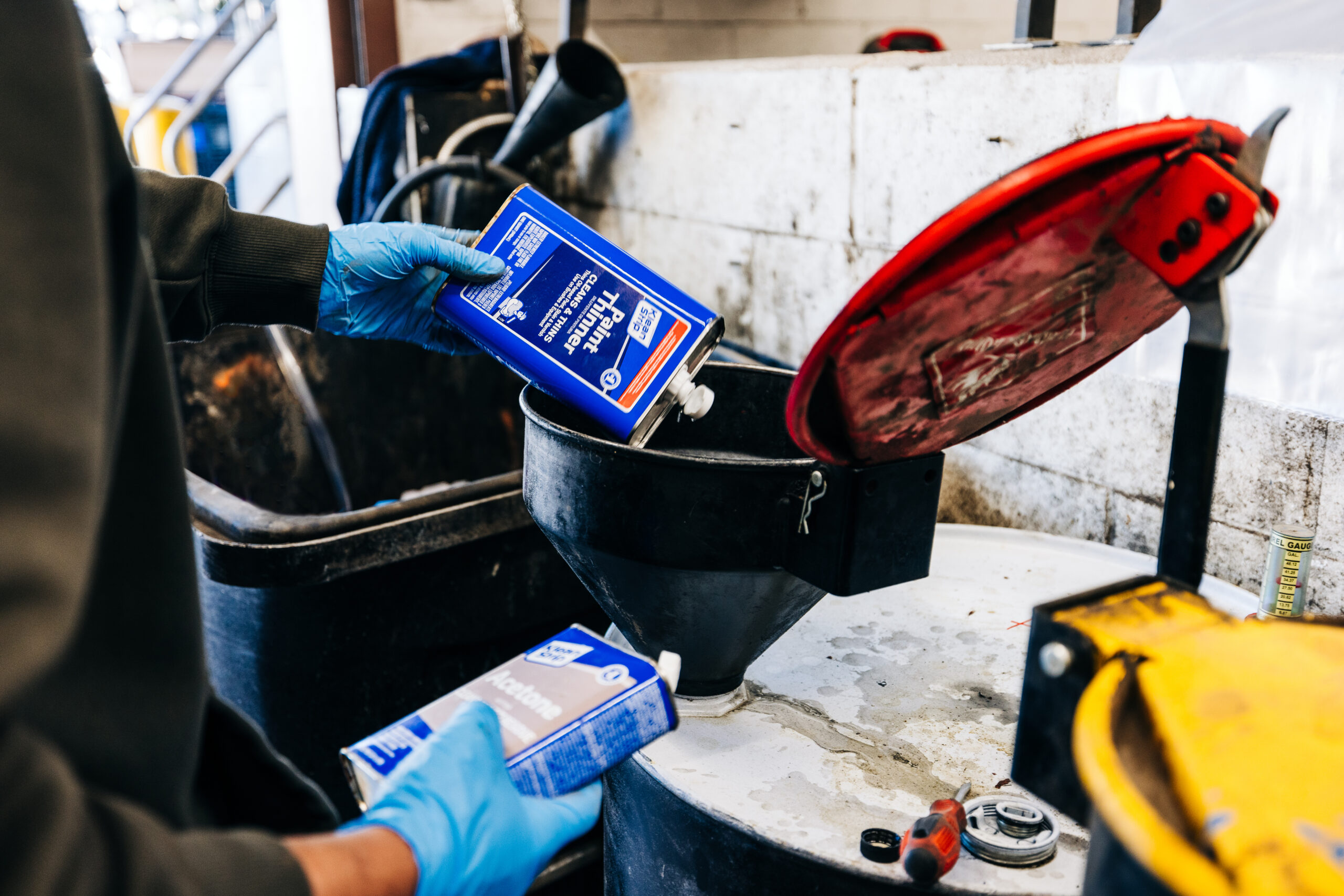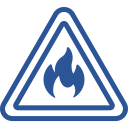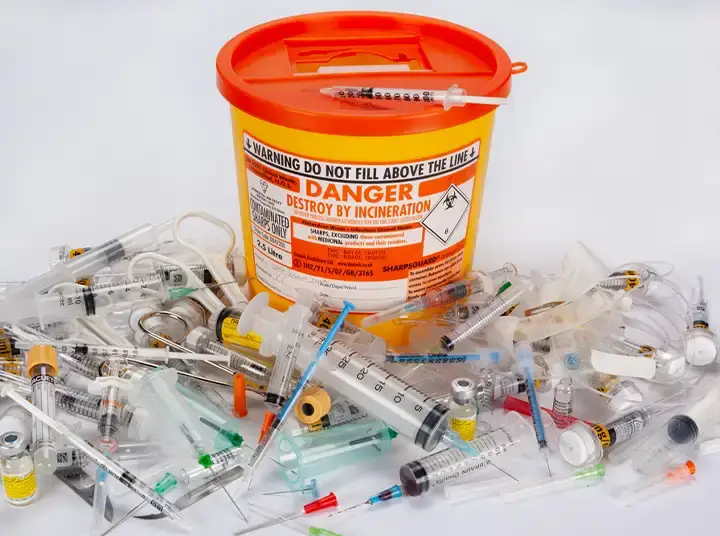materials recovery facility
Hazardous Waste Information

hazardous & medical waste program
No Charge For:
- Hazardous Waste – Up to 20 gals per day, based on container size 5 gal or smaller containers, sealed with lids; label, if known No 55-gallon drums.
- Residential Medical Needles- Must be containerized in a PUNCTURE RESISTANT CONTAINER with a sealed lid marked prominently with an “X” with a red marking pen.
Charges apply for volumes over the daily limit.
Please do not leave waste unattended!
Wait for assistance at the Household Hazardous Waste (HHW) Building.
For special assistance, call (530) 542-8368
WHAT IS HAZARDOUS WASTE?

Toxic
- Pesticides
- Expired medicines
- Solvents
- Paint strippers

Catches fire easily
- Gasoline
- Paints
- Solvents

Is Reactive or Unstable Enough to Explode or Release Toxic Fumes
- Acids
- Bases
- Ammonia
- Chlorine Bleach

Is Capable of Corroding Metal Containers (Such as Tanks, Drums and Barrels)
- Industrial Cleaning Agents
- Oven Cleaners
- Drain Cleaners

Home-Generated Medical Waste
- Needles
- Lancets
- Syringes
- Other “Sharps”

properly disposing of needles and sharps
Every year, Americans use over one billion sharp objects in their homes to administer health care. These “sharps” include lancets, needles and syringes.
You can help prevent injury to our waste collection workers and protect our environment by following a few simple steps:
• When purchasing needles from your local pharmacy, either:
- If you cannot purchase storage containers, place and store used needles in a sturdy plastic container, such as a gallon orange juice container. Place a red bio-hazard sticker on it or mark Xs on it with a red marking pen.
- To dispose of the container:
Saturday, from 8:00 a.m. to 5:00 p.m. We will handle them separately and safely, or
safety alert! disposal of lithium batteries
The use of lithium batteries in everyday products has increased dramatically in the last few years. These batteries are highly volatile – they can explode and cause fires easily, especially if they’re damaged or mishandled. DO NOT dispose of them in your regular trash. Bring them to our facility and we’ll take care of them safely. Common items containing lithium batteries:
- Cell phones & tablets
- Laptops
- Electric bikes & scooters
- Hoverboards & one-wheels
- E-cigarettes/vape pens
- Battery-powered tools



